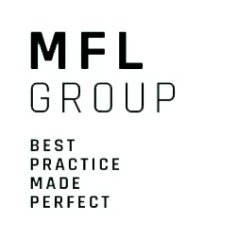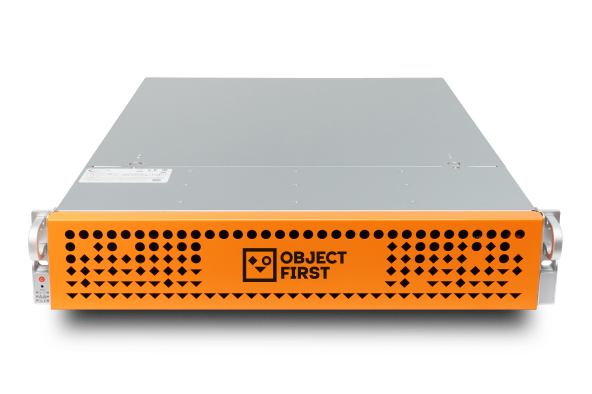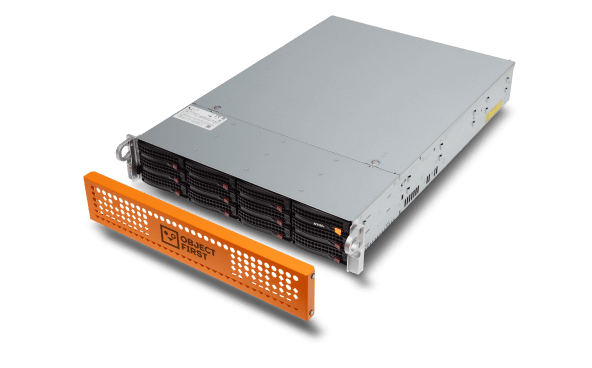Cloud storage is becoming less reliable.
Overall downtime increased by 38 percent in 2023 (Cloud Outage Risk Report 2023*), cutting companies off from backup and disaster recovery for over 200 hours in total.
Businesses need alternatives to stay secure. Object storage on-premises enhances enterprise security because it ensures disaster preparedness even if the cloud or the internet fails.




